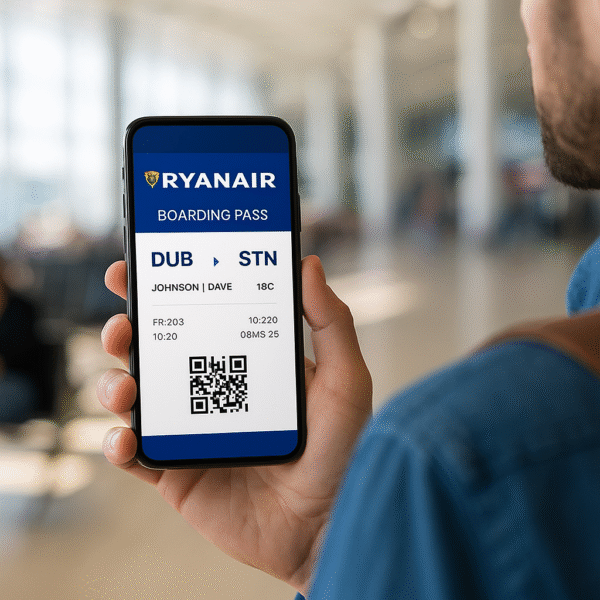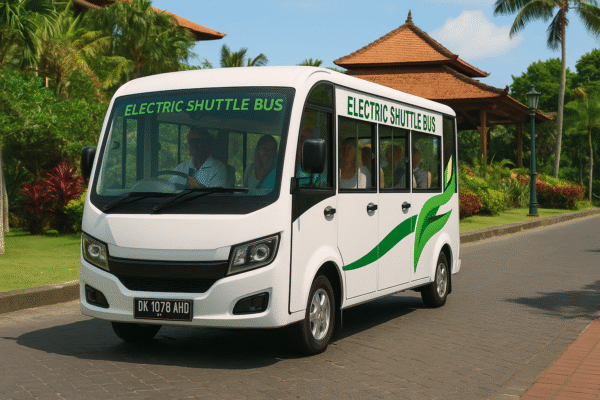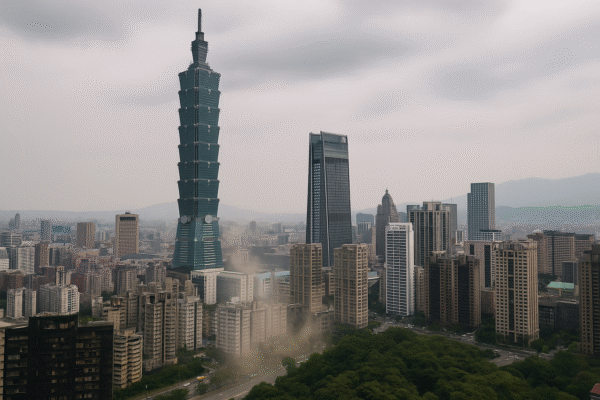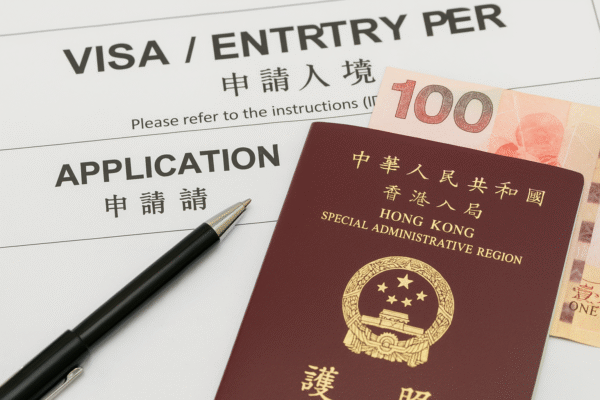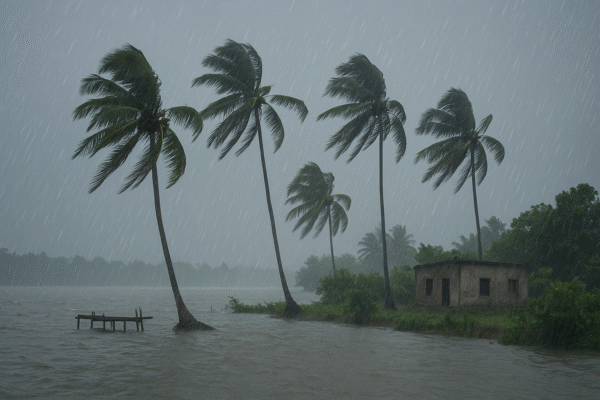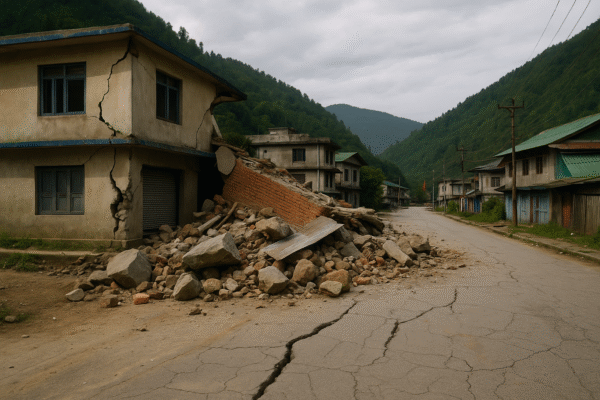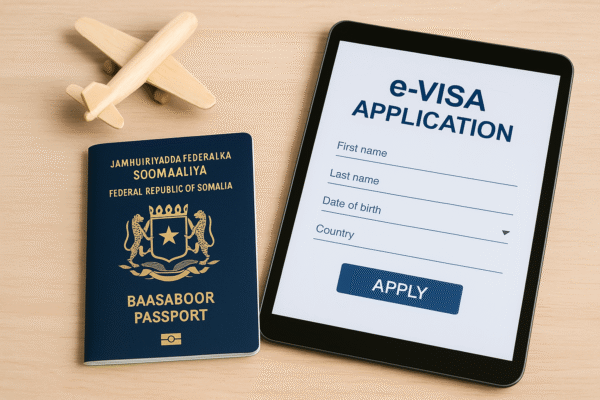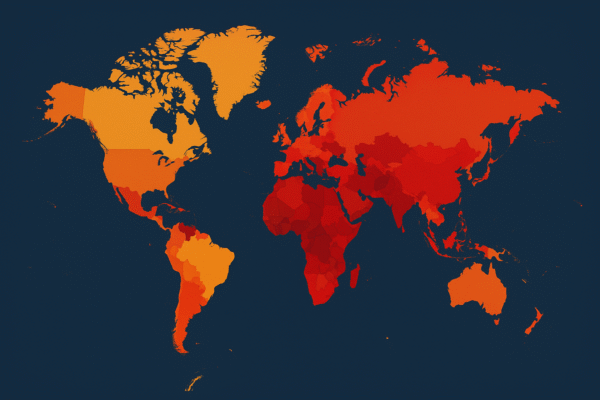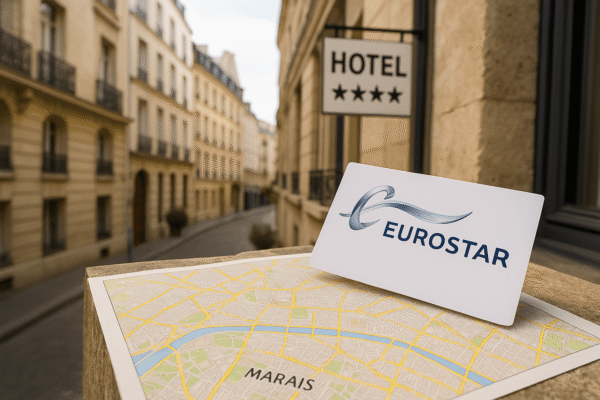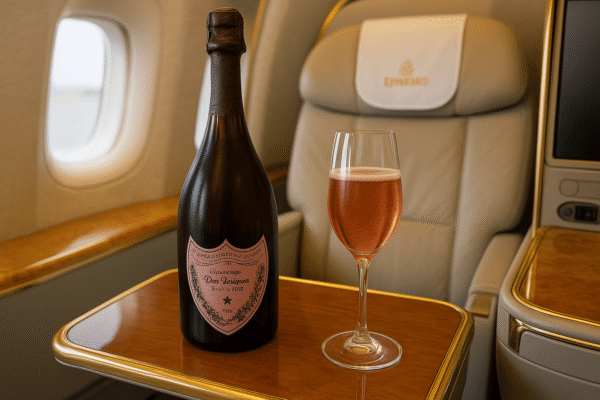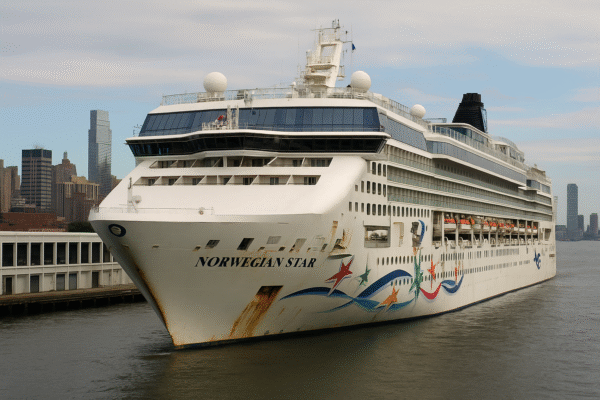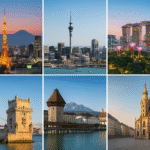Passengers aboard the Norwegian Star, a popular cruise vessel operated by Norwegian Cruise Line (NCL), faced an unexpected and frustrating disruption after a technical failure forced the ship to return to Manhattan Cruise Terminal just hours after departure. The ship had been en route to Halifax, Nova Scotia, as part of a scenic transatlantic voyage to Reykjavik, Iceland, with stops across Canada and Greenland.
Power Failure Leaves Passengers Stranded in Hudson River
The 14-year-old cruise ship departed Manhattan on July 13, embarking on what should have been a relaxing voyage. However, a major propulsion failure soon left the ship powerless in the Hudson River. Passengers were suddenly faced with uncomfortable conditions as air conditioning, lighting, and water systems went offline intermittently throughout the afternoon.
With temperatures in New York City soaring into the 80s (°F), many guests reported sweltering heat inside the ship and disruptions to basic services. Some passengers posted to social media that lights flickered and water supply was intermittent, creating an atmosphere of confusion and concern. After several hours adrift, tugboats were dispatched to tow the ship back to Pier 88, where it safely docked by 8 p.m. that evening.
Norwegian Cruise Line’s Response and Resolution
In an official statement, Norwegian Cruise Line confirmed a technical malfunction in the ship’s propulsion system—an issue that affected the Azipod unit, a complex electric propulsion mechanism known to experience problems in the past. While NCL has not yet confirmed if the Azipod was directly responsible in this case, the cruise line previously won a $159 million lawsuit over similar issues tied to the same system in 2022.
Once the Norwegian Star was back at the terminal, repairs were completed swiftly. With clearance from the U.S. Coast Guard, the ship re-departed from Manhattan at 12:30 a.m. on July 14, regaining its original schedule. The cruise is now back on course and expected to dock in Halifax as planned on Monday, July 14, followed by stops in Sydney, Prince Edward Island, Nuuk and Paamiut (Greenland), before concluding in Reykjavik, Iceland on July 26.
What Caused the Breakdown?
Though propulsion failures are rare, they are among the most disruptive issues a cruise ship can experience. The Azipod propulsion system, while energy-efficient, has previously been criticized for mechanical vulnerabilities. Technical malfunctions such as this highlight the fragility of high-tech cruise systems and their dependency on flawless operations.
NCL has committed to monitoring the Norwegian Star closely as the voyage continues, assuring passengers that the system has been stabilized and safety is not at risk moving forward.
The Passenger Experience: From Excitement to Uncertainty
For passengers, the disruption turned what was meant to be a memorable summer escape into hours of discomfort and anxiety. With no air conditioning, minimal lighting, and water issues, many tourists expressed frustration, though no injuries or serious incidents were reported.
The cruise line has not yet announced whether compensation or onboard credit will be issued for the disrupted first day. Industry observers expect some form of goodwill gesture, especially given the premium price points of transatlantic voyages aboard Norwegian Cruise Line.
Cruise Emergencies: What Tourists Must Know
This incident serves as a critical reminder for travelers: cruise emergencies can happen, and understanding how to navigate them is essential.
Common Causes of Emergency Arrivals:
- Mechanical Failures – propulsion issues, power outages, and engine malfunctions.
- Medical Emergencies – requiring evacuation or diversion to the nearest port.
- Weather Events – such as hurricanes or storms leading to route changes.
- Security Threats – rare but may include port closures or regional instability.
- Port Denials – due to health restrictions or regulatory constraints.
Cruise lines like NCL have contingency plans to deal with all such emergencies, often working with port authorities and the Coast Guard to ensure passenger safety and minimum disruption.
How Cruise Lines Handle Disruptions
In most emergency arrival cases, cruise lines provide:
- Clear communication via announcements or digital updates.
- Logistical coordination with medical or technical crews.
- Itinerary adjustments and revised docking schedules.
- Compensation options such as cruise credits or future discounts.
- Support services for affected passengers including transport or lodging.
Passengers are encouraged to remain calm, follow instructions, and keep travel essentials (passports, medication, ID) easily accessible in case of emergency evacuation or itinerary changes.
Preparing for the Unexpected at Sea
While cruise incidents are relatively rare, travelers should take proactive steps:
- Purchase travel insurance that covers disruptions and evacuations.
- Attend safety briefings and familiarize yourself with emergency exits.
- Pack essential items (medications, chargers, identification) in carry-on luggage.
- Stay informed using cruise apps or passenger alert systems.
The Broader Implications for the Cruise Industry
The Norwegian Star’s return to port raises questions about the reliability of aging fleets and the need for more resilient technology. As the cruise industry rebounds post-pandemic, such incidents can damage consumer confidence if not transparently addressed.
While NCL acted promptly and resumed the journey with minimal delay, the incident will likely prompt reviews across its fleet’s maintenance protocols and engineering oversight. Passengers, increasingly vocal on social media, are demanding more accountability and better service standards in response to mid-cruise emergencies.
Final Thoughts: Passenger Safety and Industry Accountability
Cruising remains one of the most popular and enjoyable ways to travel. But as this situation shows, unforeseen technical problems can derail even the most meticulously planned voyage. The swift response by Norwegian Cruise Line to restore services and resume the itinerary is commendable, but it also underscores the growing importance of emergency preparedness and transparency in the cruise tourism sector.
For more travel news like this, keep reading Global Travel Wire

